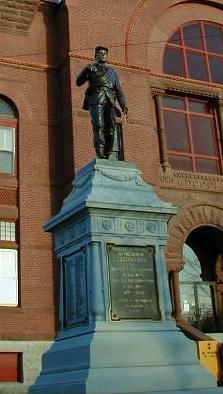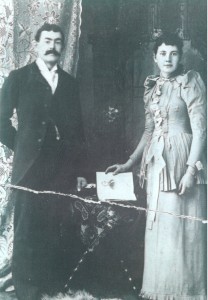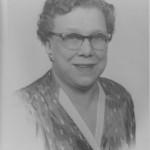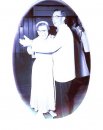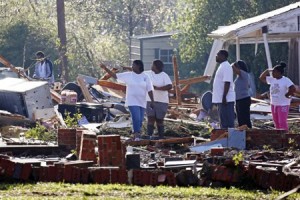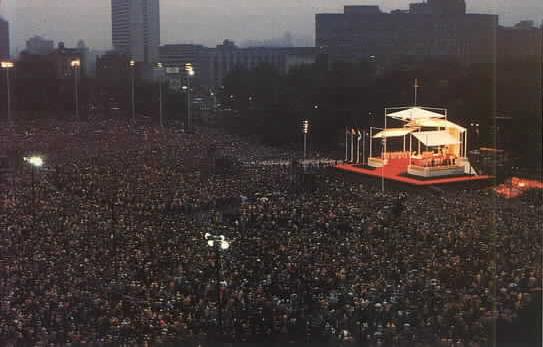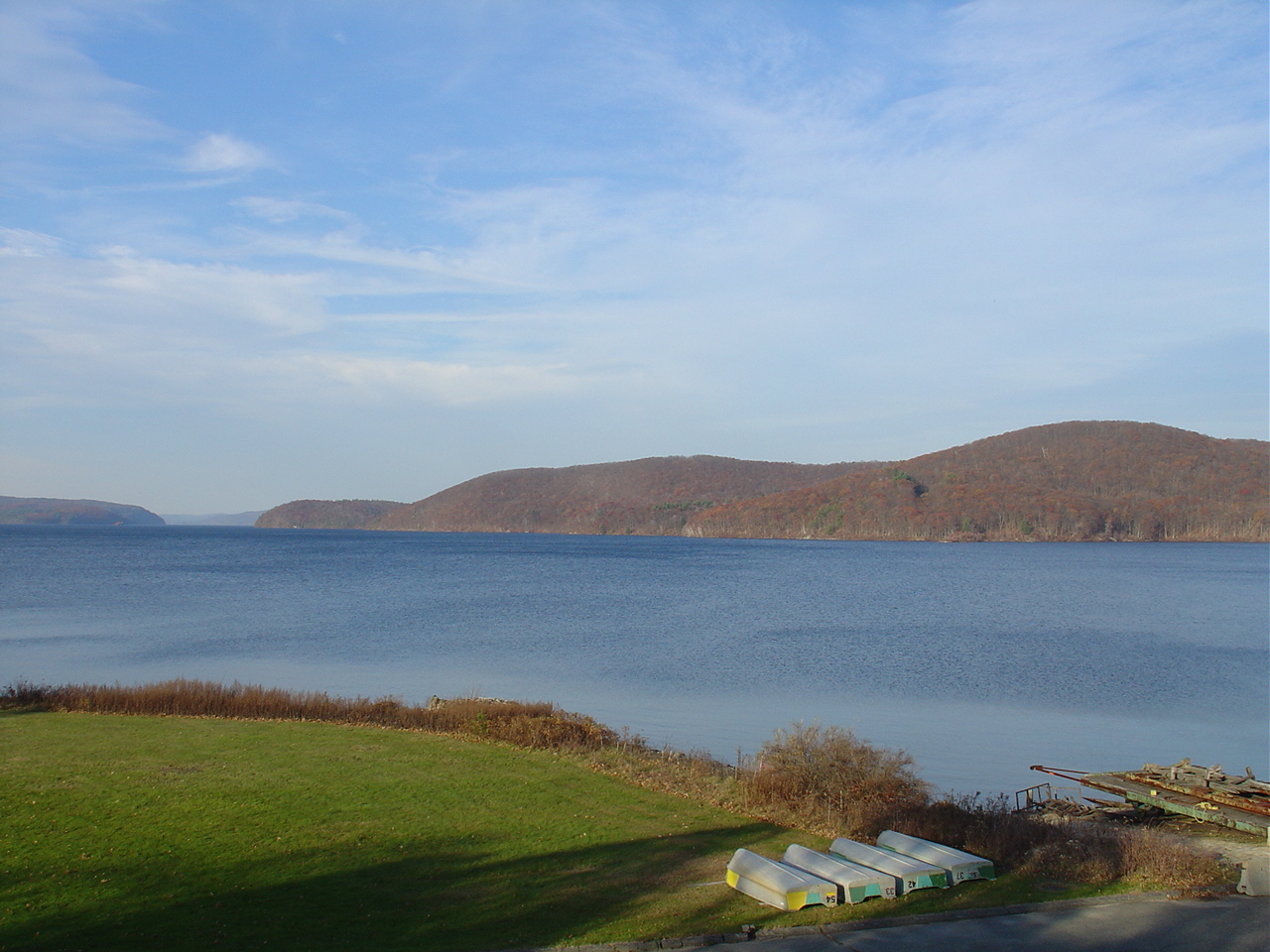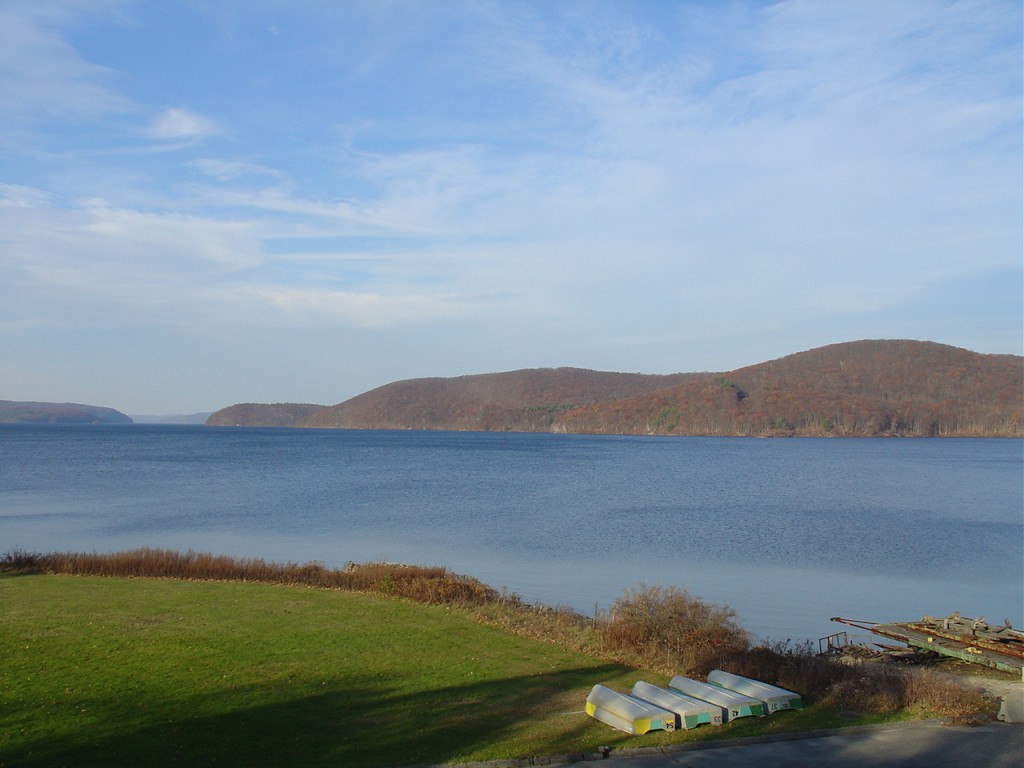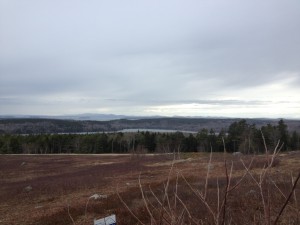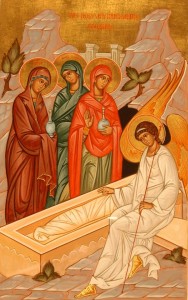
What Gifts do we Bring?
Each of the Sunday’s following the Resurrection is dedicated to various people changed by Jesus. Last week we witnessed the doubt and then great faith of St. Thomas, this week we witness the work of Joseph of Arimathea and the Holy Myrrhbearing Women. In the coming weeks the paralytic, the Samaritan Woman, the man born blind, all people who were changed by Jesus either before or after His Resurrection.
Joseph of Arimathea was of the ruling class and was a follower of Jesus but in secret. The political climate of the day was such that if he was to remain in his position he could not be associated with people who were viewed as being revolutionary. Lest we forget, Jesus was viewed this way by the rulers of the Temple so men like Joseph had to be cautious with their support. Tradition tells us that he was present, and in fact advocated, for the High Priest to do nothing and put his own position in peril.
After the Crucifixion it was Joseph who went to Pilate and asked for the body of Jesus. His request being granted, he took the body of Jesus down from the cross, wrapped it in clean linen with spices, as was the burial custom, and placed the body of Jesus is his own tomb that happened to be close by the place of the Crucifixion. These words from Scripture are recited by the priest after the Great Entrance with the gifts as he places them back upon the Holy Altar.
As an aside, the veils that cover the Holy Gifts have significance to them. The small veils are in remembrance of the swaddling clothes that Jesus was wrapped in by His mother after His birth, and the large veil is in remembrance of the cloth that Jesus was wrapped in for His burial. Once the gifts have been placed on the Altar the small veils are removed and the large veil in placed on them with the words from Scripture referring to Joseph.
The day of His burial we see the Women heading to the tomb of Jesus to complete the burial process. Usually when a person is buried there is an elaborate burial ritual that is accomplished, washing the body, dressing the body, wrapping the body in clean linen shroud with spices and then the body is placed in the tomb. This is not unlike what we do, or what we should do, but we have relegated this responsibility to funeral directors now. In a bygone era, the family would prepare the body of their loved one for burial, washing, dressing, and praying over the body and telling stories of their lives. This is what the women were on their way to do, but when they arrived they discovered that it was not necessary as Christ had risen as He said.
Each of the people in the story today brought a gift to Jesus. Joseph brought his influence to get the body of Jesus, and he brought his personal tomb to be used for His burial. The women were bringing the spices and other items necessary for the burial, and then they brought the message of the Resurrection to the Apostles and the world. Each of them brought something to offer to Jesus.
What do we bring? What do we bring when we come here week after week? Are we here out of an obligation to family, or are we here out of obligation to our faith. Do we bring 100% of ourselves or is a portion of ourselves somewhere else when we are here. Do we bring an open mind willing to be changed and transformed by the Gospel of Christ, or do we come with preconceived notions of what faith is all about and an unwillingness to be open to the Lord to work in us.
Last week we came face to face with Thomas and his doubts about the story that his fellow Apostles were telling Him, but he returned with a somewhat open mind, and was able to allow Jesus to transform him. In a few weeks we will celebrate the Great Feast of Pentecost when the Holy Spirit came upon those gathered in the Upper Room and transformed them and brought forth the gifts that each of them already had, and they used those gifts for the glory of God.
What gifts do you bring and are you using the gifts that God has given you for the glory of His kingdom or for other reasons and purposes.
Sometimes all we have to give is ourselves. Sometimes we are like the publican and come here filled with shame because of what we have done or what we have not done, and we cannot even lift our eyes, but if we are willing God will transform us, and forgive us, and reconcile us with the community, and restore us to health, but we have to come and we have to be willing to be transformed.
In the story of the rich man who comes to Jesus and asks what he has to do to have eternal life. Jesus tells him to obey the commandments. He replies that he has done this and continues to do this. Jesus tells him to go and sell all he has and give it to the poor and the man walks away sad because he had many possessions. The man came to Jesus not fully able to be changed and not willing to be changed. The one thing he had to do, he was unwilling to do. What is that one thing we are unwilling to give up to be true followers of Christ?
Do we love God with all our heart, all of our mind, and all our soul, or do we hold a little back. Do we love our neighbor as we should regardless of how he looks or talks, or do we hold a little back from truly living him. If this is the case then ask God to help you to give more of yourself over to Him and allow Him to transform your life.
When Jesus was arrested, His Apostles abandoned Him because they were afraid for their own lives. After the resurrection the Apostles were locked in the room in fear for their own lives. Jesus came to them to bring them peace, the peace that passes all understanding, and to give them consolation. They were transformed because they came bringing their gift of willingness and the gift of themselves, that is what they brought, and God did the rest.
